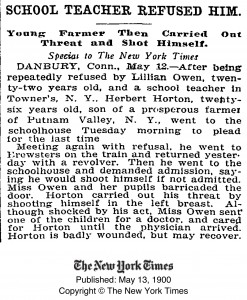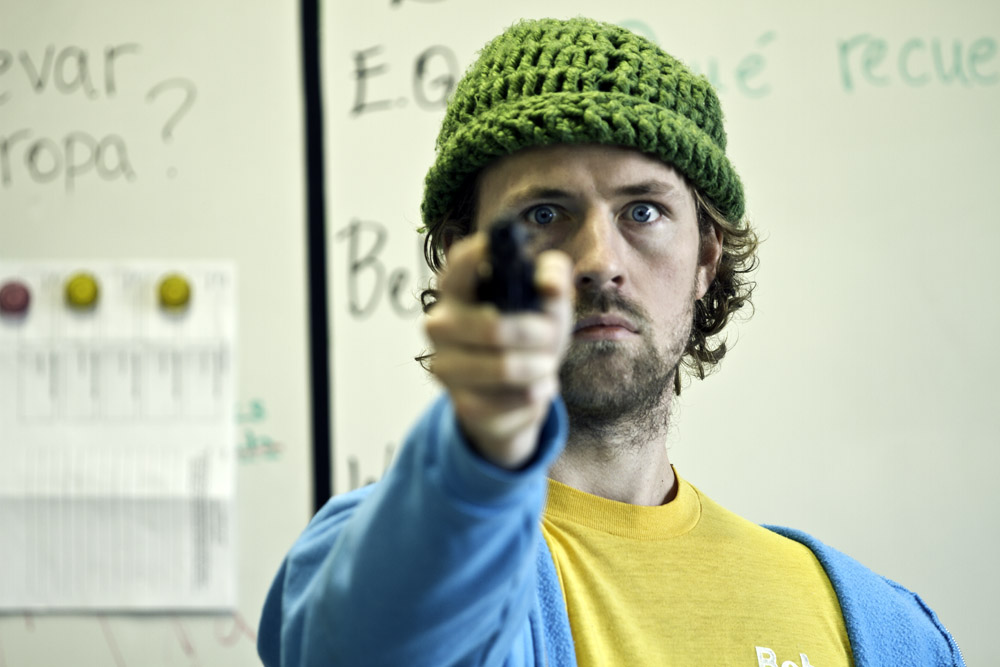
While realistic active shooter training is important and has it’s place, it belongs alongside many other facets of emergency management.
Many years ago, an active shooter event took place at Thurston High School in Springfield, Oregon. This week, the Umpqua College shooting is another painful reminder that there is no community anywhere in the world where a mass casualty attack cannot take place. After the Thurston attack, I was asked by the District’s insurance carrier to review the case file for the shooting. I have worked 9 other active shooter cases, along with other types of shootings. These types of attacks are always difficult to think about. Mass casualty school shootings in Canada, Germany, Poland, Australia, Scotland, Brazil, the People’s Republic of China,
and many other countries show that this is an international
problem. Moreover, there have been many more attacks using other types of weapons that have resulted in mass casualties.
Three of our Safe Havens staff members live in Oregon and this tragedy hits especially close to home for them. We are all deeply saddened by the senseless and vicious attack in Roseburg and our deepest sympathies go out to the Umpqua Community College family. Though it is going to be natural to feel that we must “do something” quickly, we want to make sure that we are also responding rationally. We urge campus, law enforcement and government officials to make sure they implement evidence-based concepts based on a hazard and risk assessment. These horrific attacks undoubtedly create a sense of urgency and high emotion. Let’s make sure that we channel that emotion constructively so that we can develop effective strategies.
Active Shooter Resources available for K-12 schools and higher education:
- Web Course IS-360: Preparing for Mass Casualty Incidents: A Guide for Schools, Higher Education, and Houses of Worship (Free – FEMA)
- SafeSchools web training offers several courses on active shooter incidents and other related topics
- School Safety Monthly – the Safe Havens International email newsletter
- Additional free resources in our Resource Library

